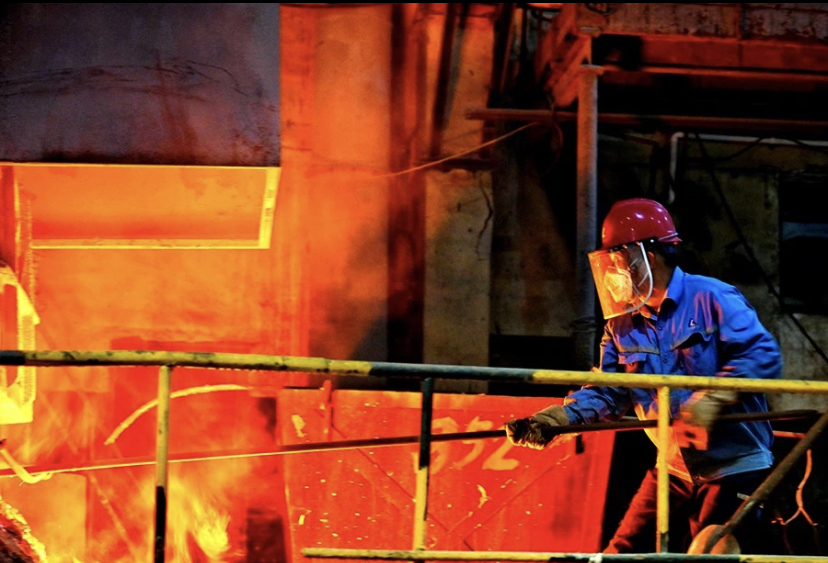Although the calorific value of Shenmu semicoke is lower than that of Shenmu raw coal, the overall calorific value is still very high and will not affect normal combustion. The ash content and sulfur content are lower than those of Shenmu bituminous coal. Although the volatile content is only 12.38%, there are no problems with ignition and combustion.

Because the specific surface area of the coke is twice that of the raw coal, it is easier to burn and burn out the coke. Because the combustion of fuel is a complex physical and chemical process, these processes are carried out in the fuel surface and void. The increase of void ratio increases the contact surface of fuel combustible and air, and the thermal conversion process is more rapid and convenient.
The low calorific value of Lancan is equal to that of anthracite, but higher than that of lean coal. The volatile content of blue charcoal is close to that of anthracite and lean coal. The ignition temperature of blue charcoal is 526 ℃ and that of anthracite is 1000 ℃. Therefore, blue charcoal is more flammable than anthracite and lean coal. In addition, the residual carbon rate of blue charcoal is 1/10 of that of anthracite, which indicates that the burn-out rate of blue charcoal is higher due to the increase of its specific surface area and porosity.
The experimental study shows that the ignition and burn-out performance of blue coke is significantly better than that of anthracite and lower than that of raw coal, while the slagging performance and ash fusibility have no obvious change from that of raw coal.
Due to the increase of the specific surface area of the coke, the self-desulfurization reaction of the coke is more likely to occur during the combustion process, which is more conducive to the reaction of N with other oxides contained in the coke itself, and reduces the emission of SO2 and NOx to a certain extent. At the same time, due to the increase of the surface porosity of the coke, the ash after combustion can absorb more SO2 and NOx, and the sulfur and nitrogen content of the coke itself is small, so the emission of harmful substances after combustion is significantly reduced.
Due to the low ash content of blue charcoal, the emission of smoke and dust is also significantly reduced. According to statistics, burning 1 t of blue carbon can reduce the emission of 1.106 kg of CO2, 6.1 kg of SO2 and 5.1 kg of NOx into the atmosphere.
